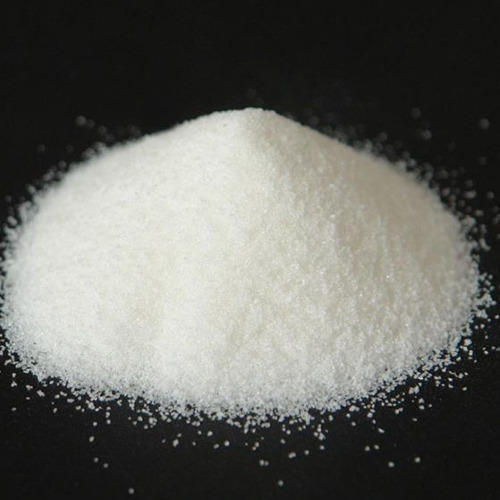Polymer (Dry Form)
For safe, reliable, and accurate handling and metering of the chemical, SCG Process offers a complete dry chemical makeup engineered solution for preparation, wetting and metering of polymer. The wetting of the chemical should be performed by a wetting cone. The solution must be properly mixed and aged in tanks after wetting. A post dilution metering system should be designed as part of the package.
Typical Applications:
- Water & Wastewater (clarifiers, flocculation/coagulation, dewatering, thickening)
- Mine tailings treatment
Special Considerations:
Efficient use of polymer is dependent upon complete activation of the chemical.
Activation equipment should be designed for proper dissolving and mixing, adequate aging and dispersion, and consistent and reliable post preparation metering.
System design should be suitable to ensure all dry polymer particles are individually wetted, avoiding undissolved polymer (fisheyes) that reduce cost effectiveness and plug up ancillary equipment.
All systems should be supplied with a dust collector to promote operator safety.
Polymer Dry Feed System Overview:
- Storage & Handling
Polymer can be supplied in various different containers and bag sizes, depending upon process capacity requirements. Handling of chemical is determined by how the chemical is supplied.
If bags are manually dumped by an operator, a complete bag dump station should be provided to ensure particulate is collected properly and operator safety is promoted.
If bulk bags or super sacs are required, a hoist with a monorail and bag support is used to put the polymer supply into place. The operator can then open the bag, allowing the dry chemical to feed directly into a transition hopper which is equipped with vibrators and level devices for free flowing into the wetting cone.
If the application requires the use of silos for storage, the manufacturer should supply an unloading system for bulk transfer to the silo. The silo should be designed for the application with level controls and proper venting. The dry chemical should be allowed to freely flow into transition hoppers and then into the wetting cone.
A dust collector should always be used for capturing any excess particulate that may be released from opening storage sacs or in the transfer of polymer from a bulk supply to the feed equipment.
- Chemical Make Up
Polymer is blended with water at a set ratio to generate a desired concentration %.
Initial wetting of the polymer happens at a wetting cone, which uses negative pressure to draw polymer particles and preparation water into an injector. This is the start of the maturation/aging process.
The blending of polymer continues in a mix tank. When the level in the mix tank drops below a pre-set level, a booster pump initiates water addition to the tank. When the mix tank goes above a pre-set level, the water addition stops and a screw feeder dispenses the appropriate amount of powder through the wetting cone assembly and into the mix tank.
An agitator operates while the polymer batch is being prepared and continues to run for a pre-set period after the mixing tank is filled.
Polymer ready for use, it is transferred to a holding tank, typically by an emptying valve from the mix tank. When the level in the holding tank drops below a pre-set value, the valve opens. When the level reaches a high pre-set level, the valve closes.
- System Control
A local control panel is mounted near the make up system. It typically shows the status of system components (tanks, hoppers, levels, agitators, feeders, water pumps), allows for batch configuration (concentration, aging times) and calibration of equipment.
The system can run in remote or local (manual) mode.
- Chemical Metering
The ready for use polymer is metered into the process using a liquid chemical feed system. The metering rate can be manually set or controlled remotely from the Plant PLC.
A local control panel is supplied, allowing local metering control (duty selection/automatic switchover), remote metering control from the plant, and feedback to the plants’ monitoring system for chemical feed system status and alarming.
- System Layout
- When working with bulk bags, in retrofit or ceiling height restricted layouts, intermediary conveying systems can be employed to deliver dry product to the intermediary hopper to reduce operator intervention.
- System design can encompass stacked tanks, pendulum design, as well as multi-floor configuration for preparation.
*PLEASE NOTE: SCG Process is not a chemical manufacturer or supplier. Any technical information expressed above is intended for general knowledge and should be confirmed with a chemical manufacturer.






